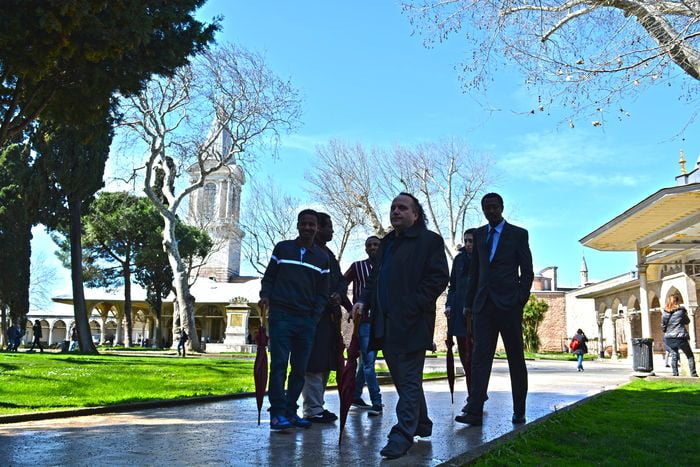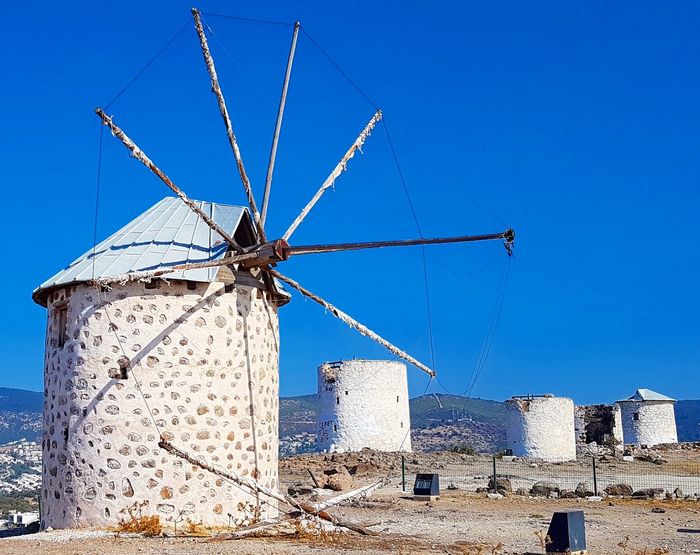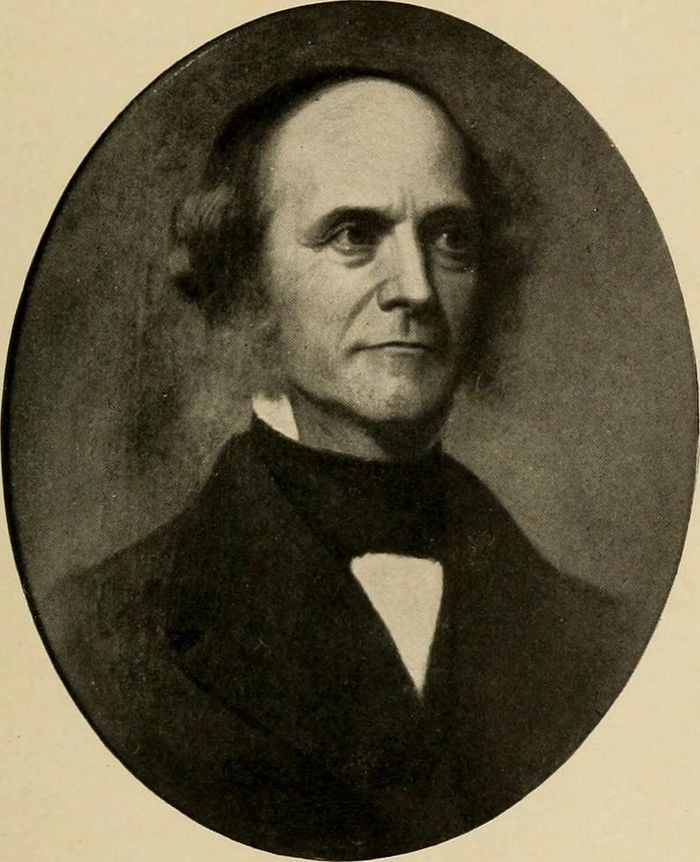Saksagan
Unraveling the Life of its Residents
Exploring Perge’s Residences:What kind of houses did the people of Perge, who crafted these beautiful structures and works of art, inhabit?
Prof. Dr. Haluk Abbasoglu:In...
Perge’s Hidden History
Insights from Prof. Dr. Haluk Abbasoglu
Q: Commencement of Perge Excavations:
Q: When and how did the excavations start in Perge?
Prof. Dr. Haluk Abbasoglu:Perge excavations commenced...
Charting the Path of Perge’s Development through History
Charting the Path of Perge’s Development through History
Q: How has Perge evolved over time?
Prof. Dr. Haluk Abbasoglu:Perge has been a settlement since ancient times....
Apologia of St John Damascene Against those who Decry Holy Images Part 78
For by so much more frequently as they are seen in artistic representation, by so much more readily are men lifted up to the...
Apologia of St John Damascene Against those who Decry Holy Images Part 69
The evil custom of assigning names to the images does not come down from Christ and the Apostles and the holy Fathers; nor have...
Apologia of St John Damascene Against those who Decry Holy Images Part 75
Tarasius, the new Patriarch of Constantinople and a supporter of images, succeeded, after overcoming much difficulty, and especially distrust in Rome and the East,...
Apologia of St John Damascene Against those who Decry Holy Images Part 74
Monasteries were destroyed, made into barracks, or secularized. Lachanodraco, governor of the Thracian Theme, seems to have exceeded Copronymus in his ribaldry and injustice....
Apologia of St John Damascene Against those who Decry Holy Images Part 73
The Emperor, after the death of the Patriarch Anastasius (A.D. 753), summoned the bishops of his Empire to a great synod in the palace...
Apologia of St John Damascene Against those who Decry Holy Images Part 72
(18) If anyone denies the resurrection of the dead, and the judgment, and the condign retribution to everyone, endless torment and endless bliss, etc....
Apologia of St John Damascene Against those who Decry Holy Images Part 71
(5) If anyone does not confess that the flesh of the Lord is life-giving because it is the flesh of the Word of God,...














